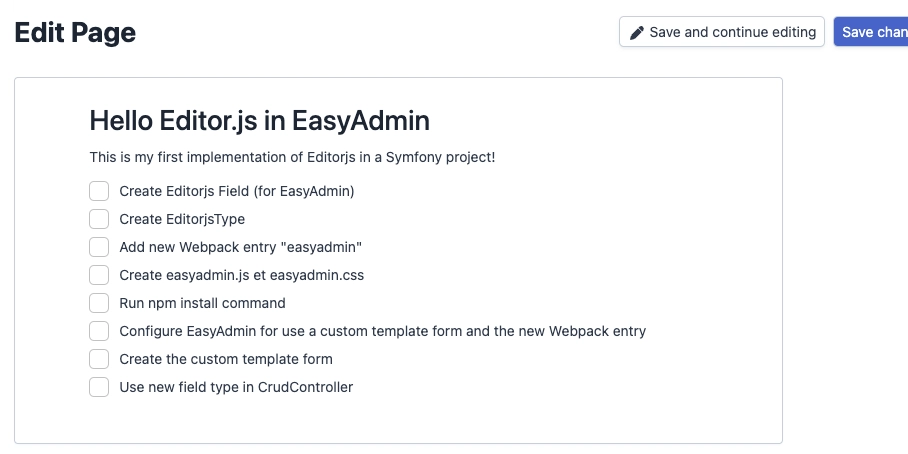UML Class Diagrams
UML Class Diagrams are one of the most widely used structural diagrams in software design. They provide a high-level representation of a system’s structure by illustrating its classes, attributes, methods, and relationships. Class diagrams serve as blueprints for object-oriented systems and help developers, architects, and stakeholders visualize how different components interact. What is UML Class Diagram? A Class Diagram in UML (Unified Modeling Language) represents the static structure of a system by defining: Classes: Blueprints of objects containing attributes and methods. Attributes: Characteristics or properties of a class. Methods (Operations): Functions or behaviors associated with the class. Relationships: How classes are connected (e.g., association, inheritance, composition). Basic Components of UML Class Diagram 1. Classes A class is depicted as a rectangle divided into three compartments: Class Name (Top compartment) Attributes (Middle compartment) Methods (Operations) (Bottom compartment) 2. Attributes and Methods Attributes define the characteristics of a class. Methods define what a class can do. Visibility Modifiers: + (Public): Accessible from anywhere. - (Private): Accessible only within the class. # (Protected): Accessible within the class and subclasses. 3. Relationships Between Classes Class diagrams define various relationships between classes: a) Association Represents a connection between two classes. Example: b) Aggregation A weak relationship where a class (whole) contains another class (part), but the part can exist independently. Example: c) Composition A strong relationship where a class (whole) owns another class (part), and the part cannot exist without the whole. Example: d) Inheritance (Generalization) Represents an is-a relationship where a subclass inherits from a superclass. Example: e) Realization (Implementation) Represents a relationship where a class implements an interface. Example: f) Dependency Represents a relationship where a class depends on another class for its functionality. Example: Example of the UML Class Diagram Here's an example of a UML class diagram for a simple banking system with various relationships: Best Practices for Creating UML Class Diagrams Keep it Simple: Include only necessary attributes and methods. Use Proper Naming Conventions: Class names should be nouns; method names should be verbs. Use Relationships Wisely: Avoid unnecessary connections. Group Related Elements: Organize related classes logically. Ensure Readability: Avoid clutter and overlapping lines. Tools for Drawing UML Class Diagrams You can use various tools to create UML class diagrams: PlantUML (Text-based UML diagrams) Lucidchart (Drag-and-drop interface) Draw.io (Free online tool) MagicDraw (Professional modeling tool) Conclusion UML Class Diagrams are fundamental for object-oriented system design, helping to define relationships and structure before actual development begins. By mastering class diagrams, you can effectively communicate system design and improve maintainability.

UML Class Diagrams are one of the most widely used structural diagrams in software design. They provide a high-level representation of a system’s structure by illustrating its classes, attributes, methods, and relationships. Class diagrams serve as blueprints for object-oriented systems and help developers, architects, and stakeholders visualize how different components interact.
What is UML Class Diagram?
A Class Diagram in UML (Unified Modeling Language) represents the static structure of a system by defining:
- Classes: Blueprints of objects containing attributes and methods.
- Attributes: Characteristics or properties of a class.
- Methods (Operations): Functions or behaviors associated with the class.
- Relationships: How classes are connected (e.g., association, inheritance, composition).
Basic Components of UML Class Diagram
1. Classes
A class is depicted as a rectangle divided into three compartments:
- Class Name (Top compartment)
- Attributes (Middle compartment)
- Methods (Operations) (Bottom compartment)
2. Attributes and Methods
- Attributes define the characteristics of a class.
- Methods define what a class can do.
- Visibility Modifiers:
- + (Public): Accessible from anywhere.
- - (Private): Accessible only within the class.
- # (Protected): Accessible within the class and subclasses.
3. Relationships Between Classes
Class diagrams define various relationships between classes:
a) Association
Represents a connection between two classes.
Example:

b) Aggregation
A weak relationship where a class (whole) contains another class (part), but the part can exist independently.
Example:

c) Composition
A strong relationship where a class (whole) owns another class (part), and the part cannot exist without the whole.
Example:

d) Inheritance (Generalization)
Represents an is-a relationship where a subclass inherits from a superclass.
Example:

e) Realization (Implementation)
Represents a relationship where a class implements an interface.
Example:

f) Dependency
Represents a relationship where a class depends on another class for its functionality.
Example:

Example of the UML Class Diagram
Here's an example of a UML class diagram for a simple banking system with various relationships:

Best Practices for Creating UML Class Diagrams
- Keep it Simple: Include only necessary attributes and methods.
- Use Proper Naming Conventions: Class names should be nouns; method names should be verbs.
- Use Relationships Wisely: Avoid unnecessary connections.
- Group Related Elements: Organize related classes logically.
- Ensure Readability: Avoid clutter and overlapping lines.
Tools for Drawing UML Class Diagrams
You can use various tools to create UML class diagrams:
- PlantUML (Text-based UML diagrams)
- Lucidchart (Drag-and-drop interface)
- Draw.io (Free online tool)
- MagicDraw (Professional modeling tool)
Conclusion
UML Class Diagrams are fundamental for object-oriented system design, helping to define relationships and structure before actual development begins. By mastering class diagrams, you can effectively communicate system design and improve maintainability.











































































































































































![[The AI Show Episode 142]: ChatGPT’s New Image Generator, Studio Ghibli Craze and Backlash, Gemini 2.5, OpenAI Academy, 4o Updates, Vibe Marketing & xAI Acquires X](https://www.marketingaiinstitute.com/hubfs/ep%20142%20cover.png)




























































































































![[DEALS] The Premium Learn to Code Certification Bundle (97% off) & Other Deals Up To 98% Off – Offers End Soon!](https://www.javacodegeeks.com/wp-content/uploads/2012/12/jcg-logo.jpg)


![From drop-out to software architect with Jason Lengstorf [Podcast #167]](https://cdn.hashnode.com/res/hashnode/image/upload/v1743796461357/f3d19cd7-e6f5-4d7c-8bfc-eb974bc8da68.png?#)








































































































.png?#)

































_Christophe_Coat_Alamy.jpg?#)
 (1).webp?#)





































































































![Apple Considers Delaying Smart Home Hub Until 2026 [Gurman]](https://www.iclarified.com/images/news/96946/96946/96946-640.jpg)
![iPhone 17 Pro Won't Feature Two-Toned Back [Gurman]](https://www.iclarified.com/images/news/96944/96944/96944-640.jpg)
![Tariffs Threaten Apple's $999 iPhone Price Point in the U.S. [Gurman]](https://www.iclarified.com/images/news/96943/96943/96943-640.jpg)




































































































































